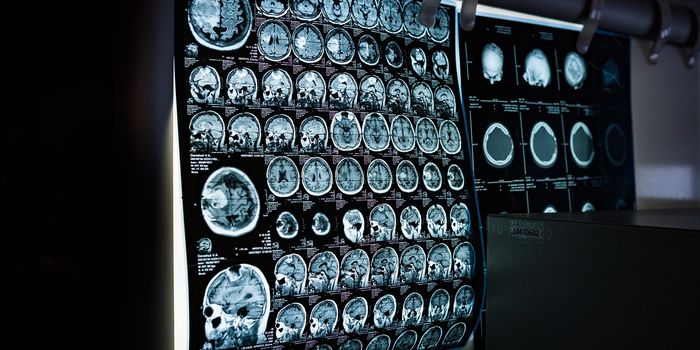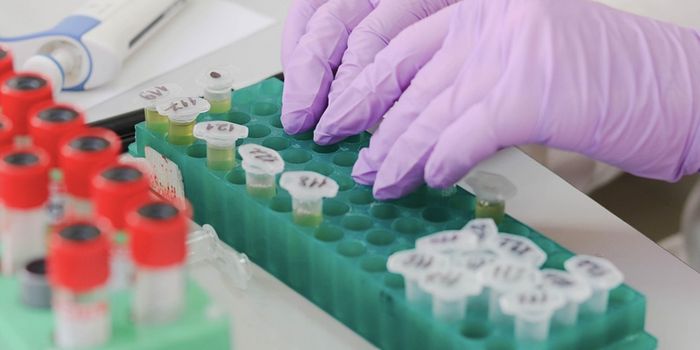Trapped! An Immune Cell Tag Team Takes Down Bacteria.
Spiders are among nature’s most sophisticated hunters. Many build intricate webs out of silk and lie in wait for an unsuspecting victim to get trapped in the sticky fibers. Then, they lunge forward, biting and paralyzing their prey which quickly becomes their next meal.
Interestingly, our immune cells adopt a similar approach when it comes to making bacteria their prey. “Neutrophils produce the spider webs that immobilize the bacteria, and macrophages are the spiders that engulf and kill the bacteria,” explained microbiologist, Eric Skaar from the Vanderbilt Institute for Infection, Immunology, and Inflammation.
Skaar and colleagues recently identified a novel mechanism through which different immune cells work together to destroy and eliminate invading pathogens such as Staphylococcus aureus (staph). Initially, much of the responsibility to keep microbes at bay was thought to lie on neutrophils, agile and dynamic white blood cells, which rapidly show up at the site of infections before launching an all-out war on pathogens.
Neutrophils are known to produce neutrophil extracellular traps (NETs), threads of neutrophil DNA that act much like spiderwebs, trapping microbial prey among their sticky fibers laced with antimicrobial peptides. Interestingly, the researchers found that NETs did not make isolated neutrophils better at killing bacteria.
Instead, NETs enhanced the activity of macrophages, stimulating these phagocytic cells to gobble up trapped bacteria, thereby more efficiently clearing the site of infection.
“The macrophages end up with not only their own antibacterial arsenal but also the neutrophils’ antibacterial arsenal, all in the same compartment killing the bacteria,” Skaar said. This distinct cooperative immune defense mechanism was found to be the immune system’s go-to approach for defeating bacteria such as Staphylococcus aureus, Streptococcus pneumoniae, and Pseudomonas aeruginosa.
These findings lay the groundwork for more avenues of exploration, including how genetic variations in neutrophils impact infection susceptibilities.









